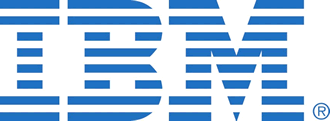 Lenovo and Asustek are expected to release Chromebooks next year that will cost $149.
Lenovo and Asustek are expected to release Chromebooks next year that will cost $149.
The machines will be powered by Rockchip technology and that is in the embrace of Intel for design and distributing its SoFIA chips, according to Digitimes Research.
The price will be around 25 percent less than the cheapest machine on the block – the C720 from Acer.
But the move is also likely to put Intel at loggerheads with its long time partner Microsoft, which is desperate to knock the Google Chromebook project on the head, and has lowered its licensing fees in a bid to be competitive and keep its place in the notebook market.
The research outfit thinks that both machines will use an 11.6-inch screen. The Lenovo device is likely to appear early next year.




















